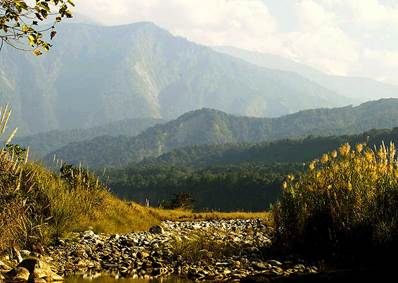Free Courses Sale ends Soon, Get It Now


Free Courses Sale ends Soon, Get It Now



Disclaimer: Copyright infringement not intended.
Context: The Manas Tiger Reserve in Assam has 2.4 tigresses for every tiger, the annual wildlife monitoring results of the trans-boundary wildlife preserve has revealed.
Details:
Managerial Issues: There are several managerial issues which include: field protection, day to day monitoring of tiger and reintroduced rhinos, restoring the protection infrastructure, capacity building of frontline staff, regulating transboundary vehicular traffic, addressing insurgency, providing ecologically viable livelihood options to local people in buffer and close coordination with Bhutan.
Good Practices: Involvement of local communities (especially unemployed youth) for protection and eco-tourism, rebuilding reserve infrastructure and rhino reintroduction.
https://epaper.thehindu.com/Home/ShareArticle?OrgId=G9DA3DSTE.1&imageview=0
© 2024 iasgyan. All right reserved